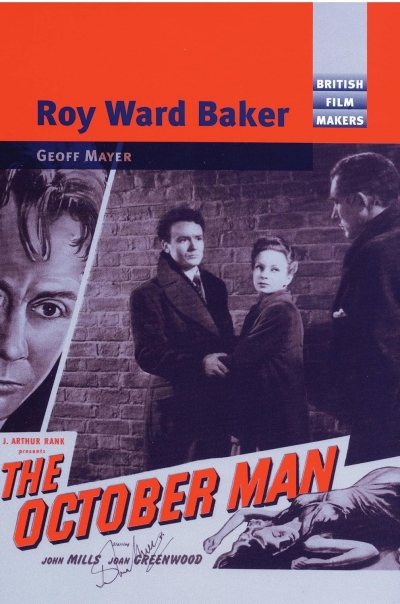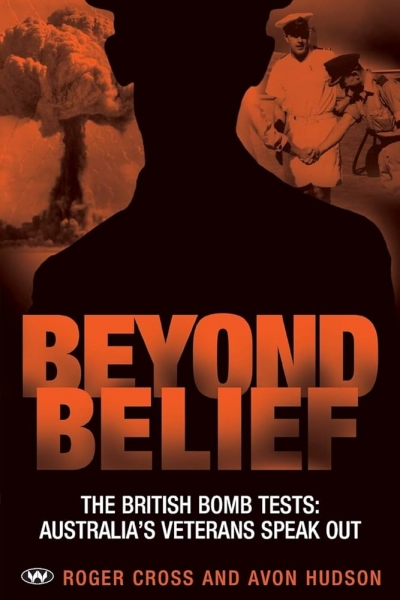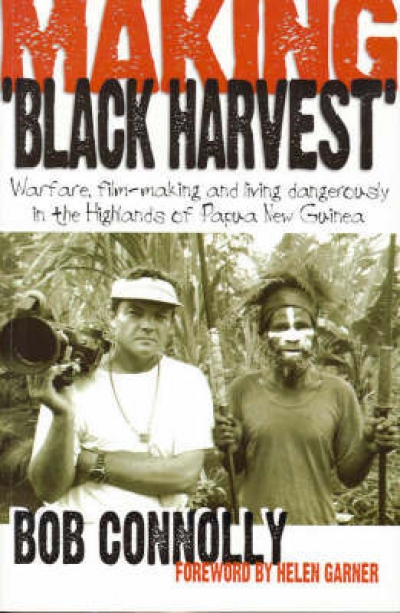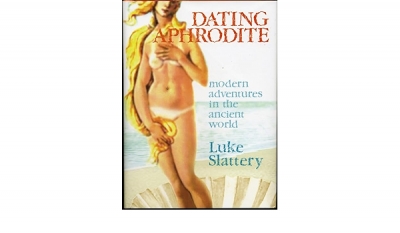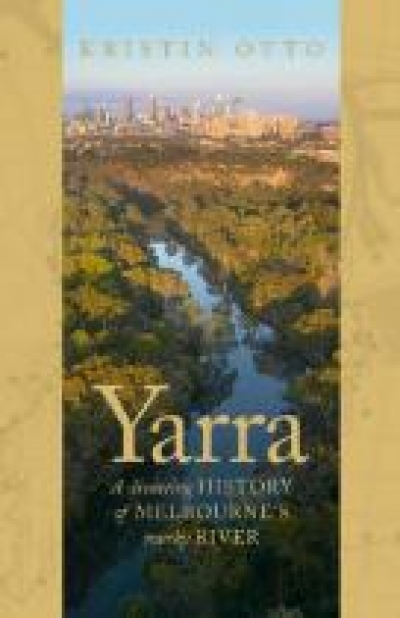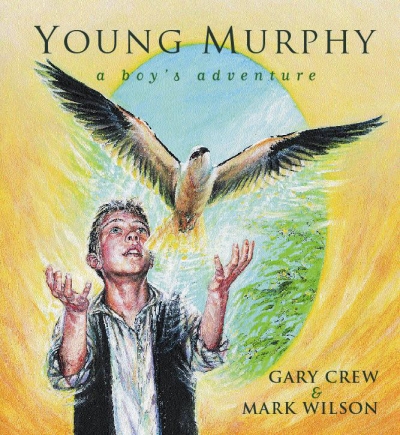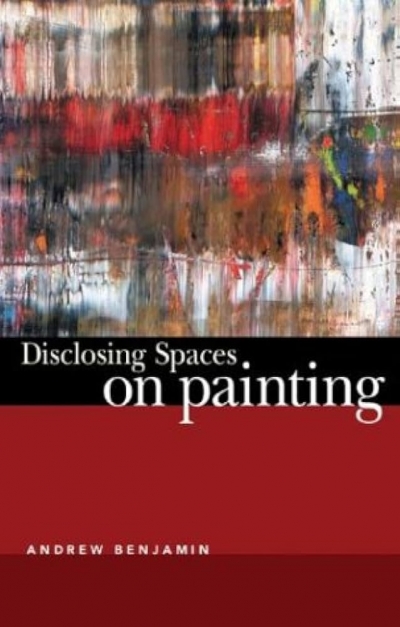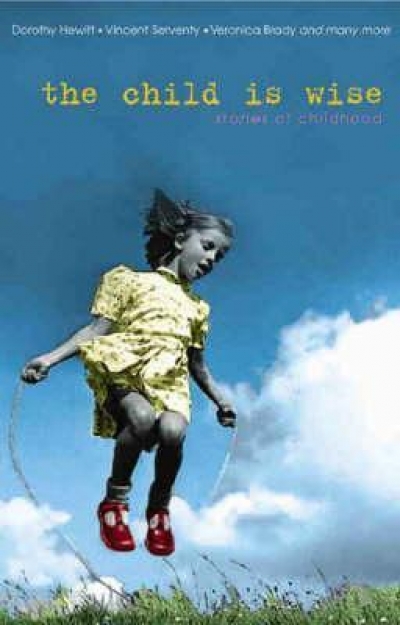Review
Beyond belief: The British bomb tests: Australia’s veterans speak out by Roger Cross and Avon Hudson
by Wayne Reynolds •
Picturesque Pursuits: Colonial women artists and the amateur tradition by Caroline Jordan
by Sarah Russell Scott •
Making ‘Black Harvest’: Warfare, filmmaking and living dangerously in the highlands of Papua New Guinea by Bob Connolly
by Sarah Kanowski •
The Cinema of Britain and Ireland edited by Brian McFarlane
by Richard Johnstone •
Dating Aphrodite: Modern adventures in the ancient world by Luke Slattery
by Peter Steele •
Yarra by Kristin Otto & The Vision Splendid by Richard Waterhouse
by Mark McKenna •
Young Murphy by Gary Crew, illustrated by Mark Wilson & 101 Great Killer Creatures by Paul Holper and Simon Torok, illustrated by Stephen Axelsen
by Margaret Robson Kett •

